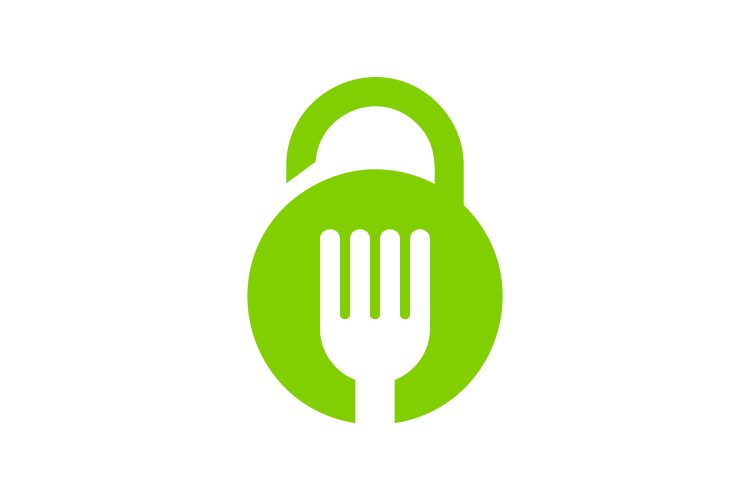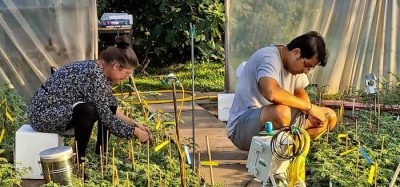The answer to world food security?
- Like
- Digg
- Del
- Tumblr
- VKontakte
- Buffer
- Love This
- Odnoklassniki
- Meneame
- Blogger
- Amazon
- Yahoo Mail
- Gmail
- AOL
- Newsvine
- HackerNews
- Evernote
- MySpace
- Mail.ru
- Viadeo
- Line
- Comments
- Yummly
- SMS
- Viber
- Telegram
- Subscribe
- Skype
- Facebook Messenger
- Kakao
- LiveJournal
- Yammer
- Edgar
- Fintel
- Mix
- Instapaper
- Copy Link
Posted: 26 August 2022 | Sajad Mahmood | 1 comment
Sajad Mahmood, CEO of the food poverty charity, Charity Right, gives his take on some of the current popular solutions for solving food insecurity.


Current figures have shown that more than 840 million people could still be food insecure by 2030.1 The World Hunger Index has indicated that Burundi, Comoros and South Sudan are among those suffering the most, with Somalia experiencing extreme hunger since 2000.2
As unprecedented events such as the recent pandemic, conflict and climate change have unsurprisingly led to severe setbacks, the industry has had to become creative in its approach to solving food insecurity.
Solutions like gene editing and increasing water productivity are on the rise to assist communities in extreme climates; helping to grow crops which are more resistant to pests, diseases and weather conditions brought on by climate change.
Gene editing in crops
Gene editing is an excellent option for creating more nutritious crops that contain key vitamins, thus enabling communities to sustain themselves on easily available foodstuffs.
However, it can take a while to test and develop crops that are fit for this purpose. Therefore, farmers often develop these crops on smaller scales alongside existing crops to sustain their livelihood.
Gene editing is also a very new solution for solving food insecurity and many countries are still unsure how to execute it effectively. As such, it is seemingly a longer-term experiment with slow outputs.
Low water productivity
Increasing water productivity is a further solution to solving food insecurity that has been championed in recent times.
Clean, flowing water isn’t always available in the majority of areas that experience high levels of hunger, so setting up water collection and a storage reservoir system could be an ideal solution. These systems catch rainfall which can then be used for drip irrigation, allowing famers to increase their crop yield without relying on water being available year-round.
However, potential barriers to such implementation include having sufficient space and finances to create and maintain these storage systems.
Local production systems
In our opinion, the solution to deliver world food security is to strengthen and diversify local production systems to make communities self-sufficient (or as close to it as possible) in every part of the world.
In much of the developing world, local resources are not efficiently used, while in the developed world, we see high levels of overproduction. Large proportions of food are kept within local markets and sold at higher rates, leading to uneven distribution and waste.
Developing local water resources for effective irrigation year-round, using animal production and composting systems for organic fertiliser, along with growing a diverse range of crops resistant to pests, will all aid in boosting output while reducing reliance on external resources and lowering production costs.
Assembling local communities into cooperatives will also be beneficial. This gives them more bargaining power in the marketplace and further capacity to invest in such practices as agro‑processing, which can increase the shelf life of produce.
Where local production is combined with school feeding, not only are local livelihoods assured, but the capacity of the community is built up for future generations. School feeding programmes provide farmers with a local market to sell their produce. This is a win-win, as it’s cheaper for schools to buy local and easier for farmers to sell local, rather than transporting to larger cities.
School feeding programmes also help ensure that children attend school every day and stick with school year on year, so that they get educated, graduate, go on to university and ideally return as qualified professionals – or at the very least, send money back to support their families.
In this way, school feeding and local production multiply each other’s benefits to the community over both the short and the long term. For us, this seems the best solution to establish global food security.
Want to find out more about Charity Right? Click here.
References
Related topics
Food Security, Genetic modification (GMO), Supply chain, Technology & Innovation, Trade & Economy, Water








Such a great information. This is really very helpful for bloggers.